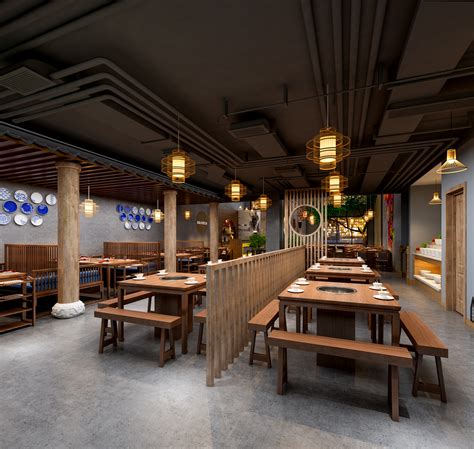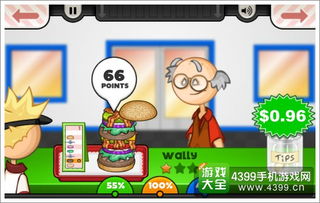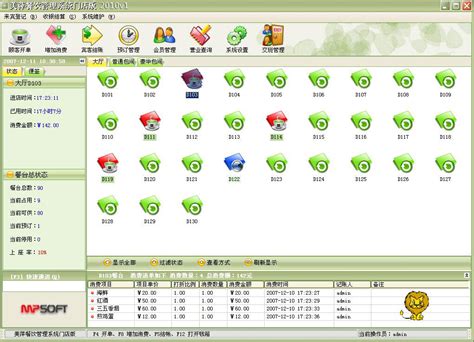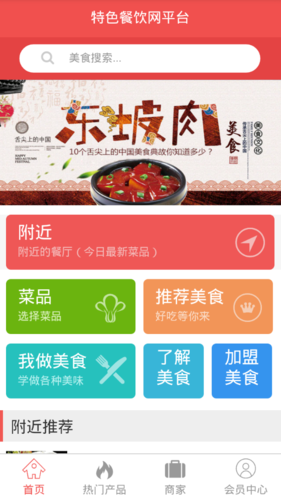餐饮摊位照片真实图片
Title: Designing a Captivating Food Stall for Your Restaurant
Creating an appealing and functional food stall for your restaurant is crucial for attracting customers and enhancing their dining experience. Whether you're setting up a stall in a bustling market or within your restaurant premises, thoughtful design considerations can make a significant difference. Let's delve into the key elements and considerations for designing a standout food stall.
1. Conceptualization and Theme:
Define Your Concept:
Start by defining the concept of your food stall. Are you offering street food, gourmet delights, or a specific cuisine? Understanding your concept will guide the design process.
Theme Selection:
Choose a theme that aligns with your concept and resonates with your target audience. Whether it's rustic, modern, ethnic, or minimalist, ensure consistency in every design element.2. Layout and Flow:
Optimize Space:
Consider the available space and optimize it for efficient workflow. Allocate separate areas for food preparation, cooking, serving, and cashier.
Flow of Operations:
Design the layout to facilitate a smooth flow of operations, minimizing congestion and wait times. Keep the customer journey in mind to ensure convenience and satisfaction.3. Functional Design Elements:
Counter and Display:
The counter serves as the focal point of your stall. Design it to showcase your offerings attractively while allowing easy access for customers and staff.
Storage Solutions:
Incorporate sufficient storage space for ingredients, utensils, and supplies to maintain cleanliness and organization.
Equipment Placement:
Strategically place cooking equipment to maximize efficiency and safety. Consider ventilation requirements for proper air circulation.4. Branding and Signage:
Branding Elements:
Integrate your restaurant's branding elements such as logo, colors, and tagline into the stall design for brand consistency and recognition.
Clear Signage:
Use clear and visually appealing signage to communicate your menu offerings, prices, and promotions. Ensure visibility from a distance to attract foot traffic.
5. Ambiance and Atmosphere:
Lighting:
Choose appropriate lighting to create ambiance and highlight your stall's features. Incorporate task lighting for food preparation areas and ambient lighting for a welcoming atmosphere.
Seating Arrangement:
If space permits, provide comfortable seating options near the stall to encourage customers to linger and enjoy their meals.6. Hygiene and Safety Standards:
Sanitary Design:
Prioritize hygiene in your stall design by using easytoclean materials and surfaces. Implement proper waste disposal mechanisms to maintain cleanliness throughout operation.
Safety Measures:
Ensure compliance with safety regulations regarding equipment installation, fire prevention, and emergency exits to protect both customers and staff.7. Flexibility and Adaptability:
Modular Design:
Opt for a modular design that allows for easy reconfiguration or expansion based on changing needs and seasonal demands.
Feedback Incorporation:
Gather feedback from customers and staff regularly to identify areas for improvement and adjust your stall design accordingly.In conclusion, designing a successful food stall involves a harmonious blend of functionality, aesthetics, and branding. By carefully considering these key elements and incorporating them into your design, you can create a captivating food stall that not only attracts customers but also enhances their overall dining experience.
Whether you're setting up a stall in a bustling market or within your restaurant premises, thoughtful design considerations can make a significant difference. Let's delve into the key elements and considerations for designing a standout food stall.











